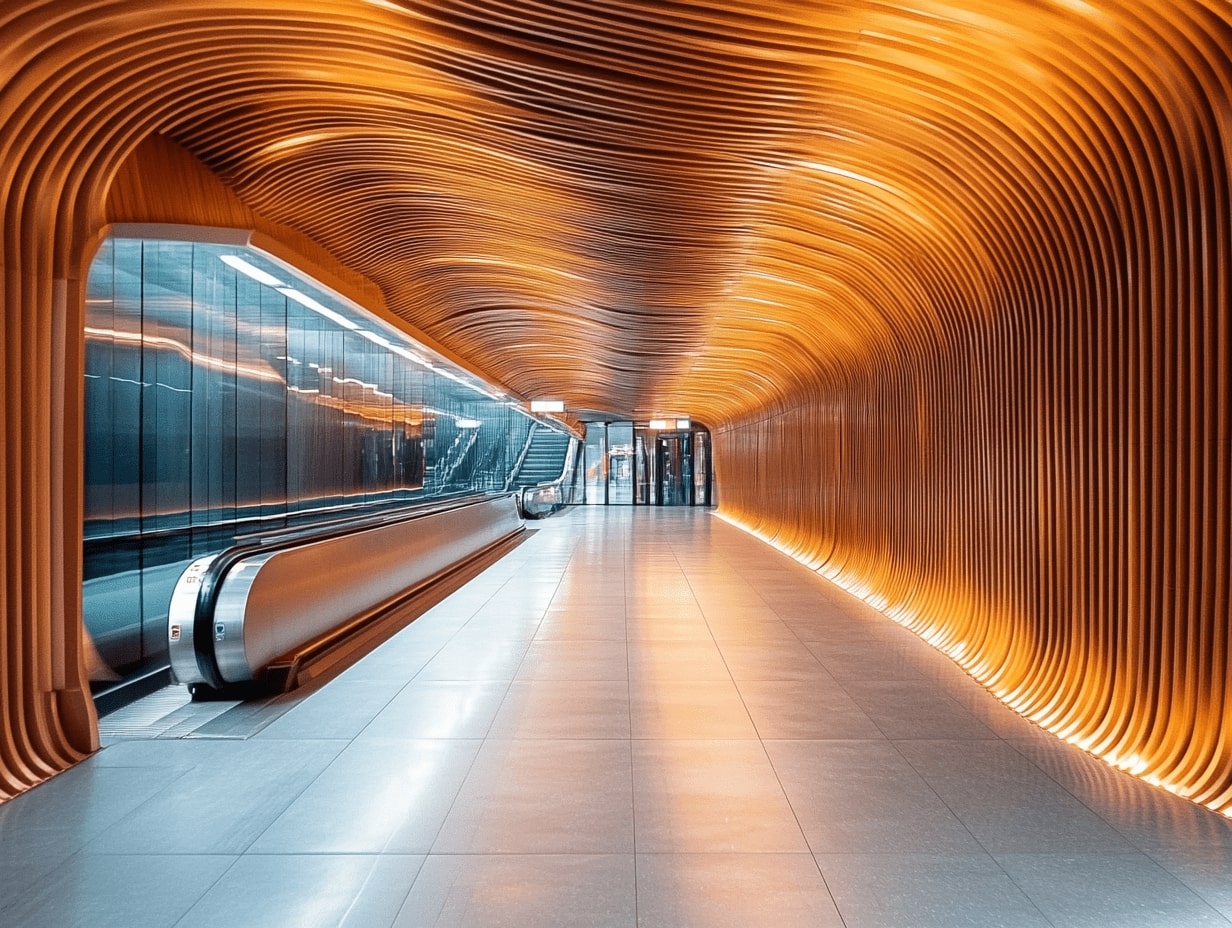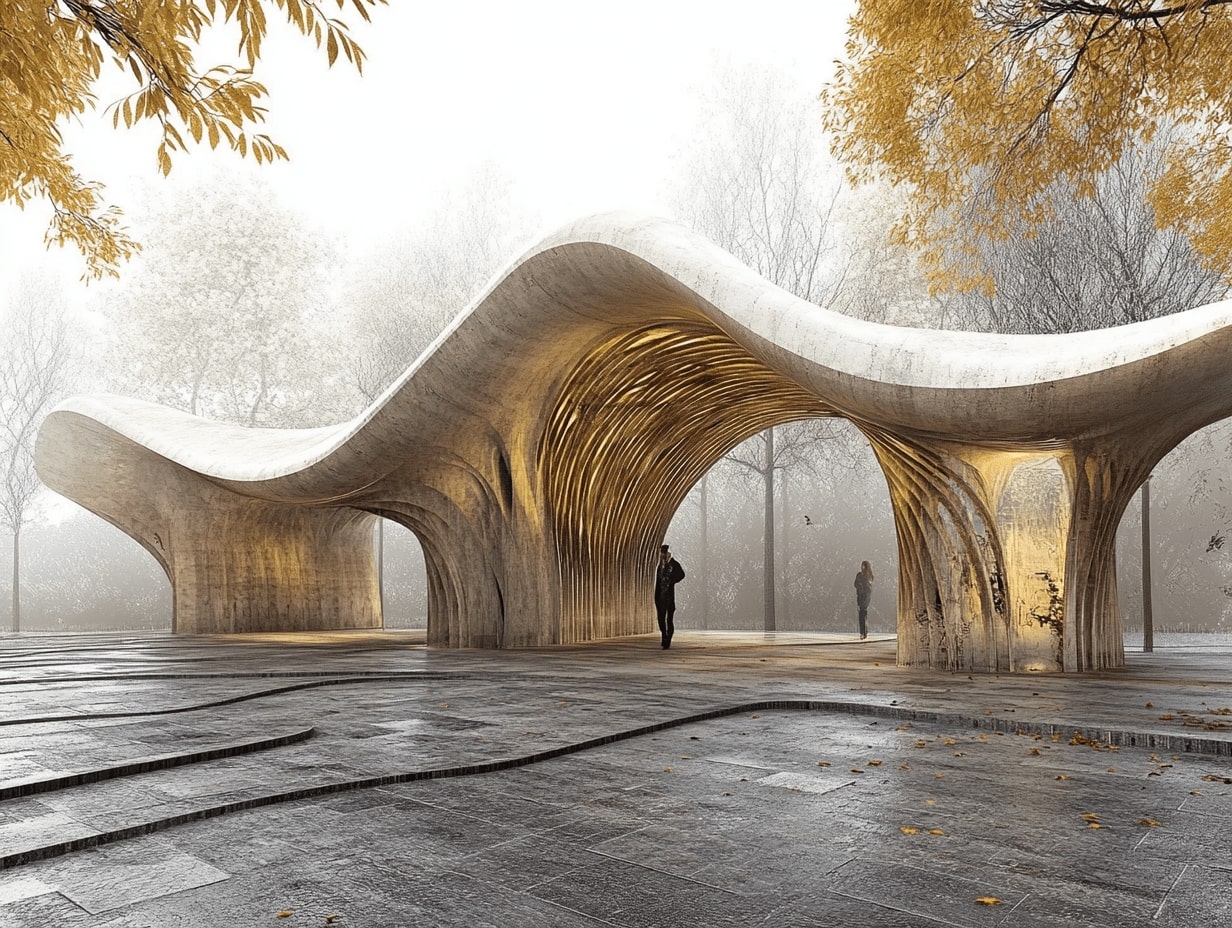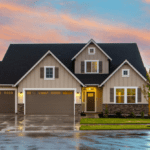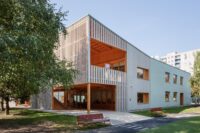- Home
- Articles
- Architectural Portfolio
- Architectral Presentation
- Inspirational Stories
- Architecture News
- Visualization
- BIM Industry
- Facade Design
- Parametric Design
- Career
- Landscape Architecture
- Construction
- Artificial Intelligence
- Sketching
- Design Softwares
- Diagrams
- Writing
- Architectural Tips
- Sustainability
- Courses
- Concept
- Technology
- History & Heritage
- Future of Architecture
- Guides & How-To
- Art & Culture
- Projects
- Interior Design
- Competitions
- Jobs
- Store
- Tools
- More
- Home
- Articles
- Architectural Portfolio
- Architectral Presentation
- Inspirational Stories
- Architecture News
- Visualization
- BIM Industry
- Facade Design
- Parametric Design
- Career
- Landscape Architecture
- Construction
- Artificial Intelligence
- Sketching
- Design Softwares
- Diagrams
- Writing
- Architectural Tips
- Sustainability
- Courses
- Concept
- Technology
- History & Heritage
- Future of Architecture
- Guides & How-To
- Art & Culture
- Projects
- Interior Design
- Competitions
- Jobs
- Store
- Tools
- More
Top Inspirational Designs for Architectural Public Spaces That Transform Communities
Discover how innovative architectural designs are transforming public spaces into vibrant hubs of connection, culture, and creativity. Explore inspirational examples, sustainable practices, and emerging trends that redefine functionality and aesthetics, while fostering inclusivity and community engagement. Learn how thoughtful design can enrich urban life and create meaningful shared experiences.

Public spaces are the heart of our communities, where people gather, connect, and experience the world around them. The design of these spaces plays a crucial role in shaping how we interact with one another and our environment. Thoughtfully crafted architectural designs can transform ordinary areas into inspiring hubs of creativity, culture, and connection.
As architects and designers, we have the power to reimagine public spaces, making them more inclusive, functional, and visually stunning. From innovative parks to dynamic urban plazas, these designs don’t just serve practical purposes—they tell stories, spark emotions, and leave lasting impressions. Let’s explore how visionary ideas are redefining the way we experience public spaces and inspiring communities worldwide.

Table of Contents
ToggleThe Importance Of Public Space Design
Public space design directly influences how people interact and engage within their communities. Well-designed spaces, such as plazas, parks, and urban squares, enhance social connectivity by creating environments that encourage gathering and shared experiences. Thoughtful layouts that prioritize accessibility, safety, and comfort ensure these areas are welcoming to all demographics.
Aesthetic elements in public spaces contribute to cultural identity and local pride. Utilizing materials, patterns, and structures that reflect a region’s history or character can create a stronger sense of belonging. For example, incorporating murals, sculptures, or architectural detailing inspired by a city’s heritage connects users to the space on a deeper level.
Functional design addresses environmental and practical needs while elevating usability. Features like shaded seating, sustainable landscaping, and integrated lighting improve the public’s experience. Designing with climate-responsive and eco-friendly approaches fosters sustainability and long-term adaptability.
Successful public space design balances creativity with purpose. By blending form and function, we reimagine underutilized areas, transforming them into essential hubs for recreation, relaxation, and inspiration.
Key Elements Of Inspirational Designs
Inspirational designs for architectural public spaces balance functionality, aesthetics, and sustainability. These elements define how spaces serve communities while fostering connection and creativity.
Functionality And Accessibility
Functional public spaces cater to diverse community needs. Features like wide pathways, ramps, and tactile paving ensure accessibility for individuals with mobility challenges. Flexible layouts accommodate activities from casual gatherings to large-scale events. Clear wayfinding systems enhance user experience by providing intuitive navigation. For example, seating zones near play areas promote family-friendly interactions while increasing overall usability.
Aesthetic Appeal
Intriguing aesthetics create a strong visual identity for public spaces. Designs incorporating local materials, art installations, or murals resonate with cultural heritage. Elements like water features or innovative lighting establish a dynamic atmosphere. In major plazas, symmetrical patterns or open views encourage movement while creating visually cohesive environments. By combining form and detail, aesthetics leave lasting impressions on diverse visitors.
Sustainability And Eco-Friendly Features
Sustainable designs prioritize environmental responsibility. Energy-efficient lighting, solar panels, and rainwater harvesting systems minimize ecological impact. Native plant landscaping reduces resource consumption and supports local biodiversity. Materials like recycled concrete or sustainably sourced wood lower carbon footprints in construction. In urban squares, green roofs or shaded areas counteract urban heat while offering comfortable gathering spots with long-term benefits for communities.

Iconic Examples Of Architectural Public Spaces
Iconic public spaces inspire communities by combining innovation, culture, and functionality. They serve as benchmarks for architectural excellence and design ingenuity.
Urban Parks And Plazas
Central Park in New York City illustrates the impact of strategic urban park planning. Spanning 843 acres, it integrates pathways, green fields, and recreational areas, balancing nature and urban environments. Millennium Park in Chicago features dynamic art installations, such as the Cloud Gate sculpture, and serves as a vibrant gathering hub. Both designs prioritize accessibility with open layouts and maintain cultural relevance through curated spaces for events.
Cultural And Community Centers
The Sydney Opera House stands as a global cultural icon, merging public accessibility with artistic programming. Its unique architectural form, inspired by shells, dominates the waterfront, setting it apart as a multipurpose venue. Meanwhile, Mexico City’s Vasconcelos Library exemplifies a community-focused resource, incorporating expansive glass designs and suspended book mezzanines that encourage inclusivity and intellectual engagement.
Waterfront Developments
Marina Bay Sands in Singapore exemplifies multi-use waterfront developments, seamlessly integrating public spaces with commercial and recreational facilities. It includes gardens, a boardwalk, and futuristic architectural elements. The Seine River Banks in Paris offer pedestrian pathways and recreation areas, revitalizing the city by repurposing formerly industrial zones into eco-conscious public spaces.

Emerging Trends In Public Space Architecture
Innovative trends are shaping the design and functionality of public spaces, fostering more interactive, inclusive, and sustainable environments. Architects are adopting fresh approaches to meet evolving societal needs.
Integration Of Technology
Public spaces increasingly incorporate digital solutions to enhance user experiences. Smart lighting systems adjust to natural light levels for energy efficiency. Interactive installations, like digital art displays and augmented reality exhibits, engage visitors while conveying cultural or educational themes. Infrastructure now includes Wi-Fi hotspots and charging stations, supporting community connectivity and productivity. Technology also supports crowd management through real-time data monitoring, ensuring safe and organized environments for events.
Focus On Inclusivity
Designs now prioritize inclusivity to welcome individuals of all abilities and demographics. Features include accessible ramps, tactile pathways for visually impaired users, and multi-sensory installations appealing to diverse communities. Play areas offer adaptable equipment to ensure children with disabilities participate. Flexible spaces accommodate various cultural events, promoting representation and engagement. Public seating and layouts encourage interaction while considering varied mobility preferences, creating spaces where everyone feels valued.
Tips For Creating Inspirational Public Spaces
Designing public spaces that inspire and connect requires careful planning, creativity, and a deep understanding of community needs. Thoughtful approaches can transform ordinary areas into vibrant, inclusive hubs offering lasting value.
Engaging The Community
Engaging local communities ensures public spaces resonate with those who use them. Including residents in design discussions gathers valuable insights about their preferences, cultural elements, and daily routines. Tools like surveys, workshops, or public meetings facilitate direct communication and promote involvement.
Incorporating community-inspired features fosters a sense of ownership. Examples include murals created by local artists, event-friendly plazas, or spaces for cultural festivals. Focusing on these elements deepens connection and encourages active participation within these spaces.
Balancing Creativity And Practicality
Balancing innovative design with practical functionality enhances usability and aesthetic appeal. Creative features, such as art installations or interactive sculptures, attract visitors, but practical elements, like clear wayfinding and durable materials, ensure long-term accessibility.
Integrating flexible layouts addresses diverse uses. Modular seating, open lawns, or adaptable zones accommodate design changes, maximizing functionality without sacrificing visual interest. Prioritizing both form and function enables spaces to remain inspiring and user-centered.

Conclusion
Inspirational designs for architectural public spaces redefine how communities interact, engage, and thrive. By blending creativity, functionality, and sustainability, these spaces serve as essential venues for connection and cultural expression. Thoughtful designs incorporating local heritage, eco-friendly features, and inclusive elements ensure that public spaces remain relevant, accessible, and impactful for all.
As we explore architectural innovations and emerging trends, it’s clear that public spaces are evolving into multi-dimensional hubs that reflect both community needs and global advancements. Whether through iconic landmarks, interactive installations, or adaptable layouts, these designs inspire us to reimagine the role of public spaces in shaping vibrant and unified communities.
- architectural consultancy services
- architectural planning services
- architectural public spaces
- city space architects
- civic architecture solutions
- community space planning
- creative architectural designs
- custom architectural designs
- designs for public areas
- innovative public space design
- inspirational design services
- landscape architecture services
- modern urban design
- outdoor space architects
- public infrastructure design
- public space architecture
- structural design for public spaces
- urban design company
- urban environment architects
- urban landscape design
Submit your architectural projects
Follow these steps for submission your project. Submission FormLatest Posts
Enhancing Urban Life: Best Practices for the Design of Walkways in Urban Areas
Discover the transformative role of urban walkway design in creating safer, sustainable,...
Playgrounds: Landscape Architecture for Inviting Interaction
Playgrounds in landscape architecture are more than spaces for activity—they are environments...
Future Trends in Urban Development: Embracing Sustainability and Smart Technology
Explore the future of urban development in this insightful article that highlights...
Understanding Having an Architectural Perception in Public Spaces for Better Community Engagement
Explore the transformative power of architectural perception in public spaces. This article...












Leave a comment